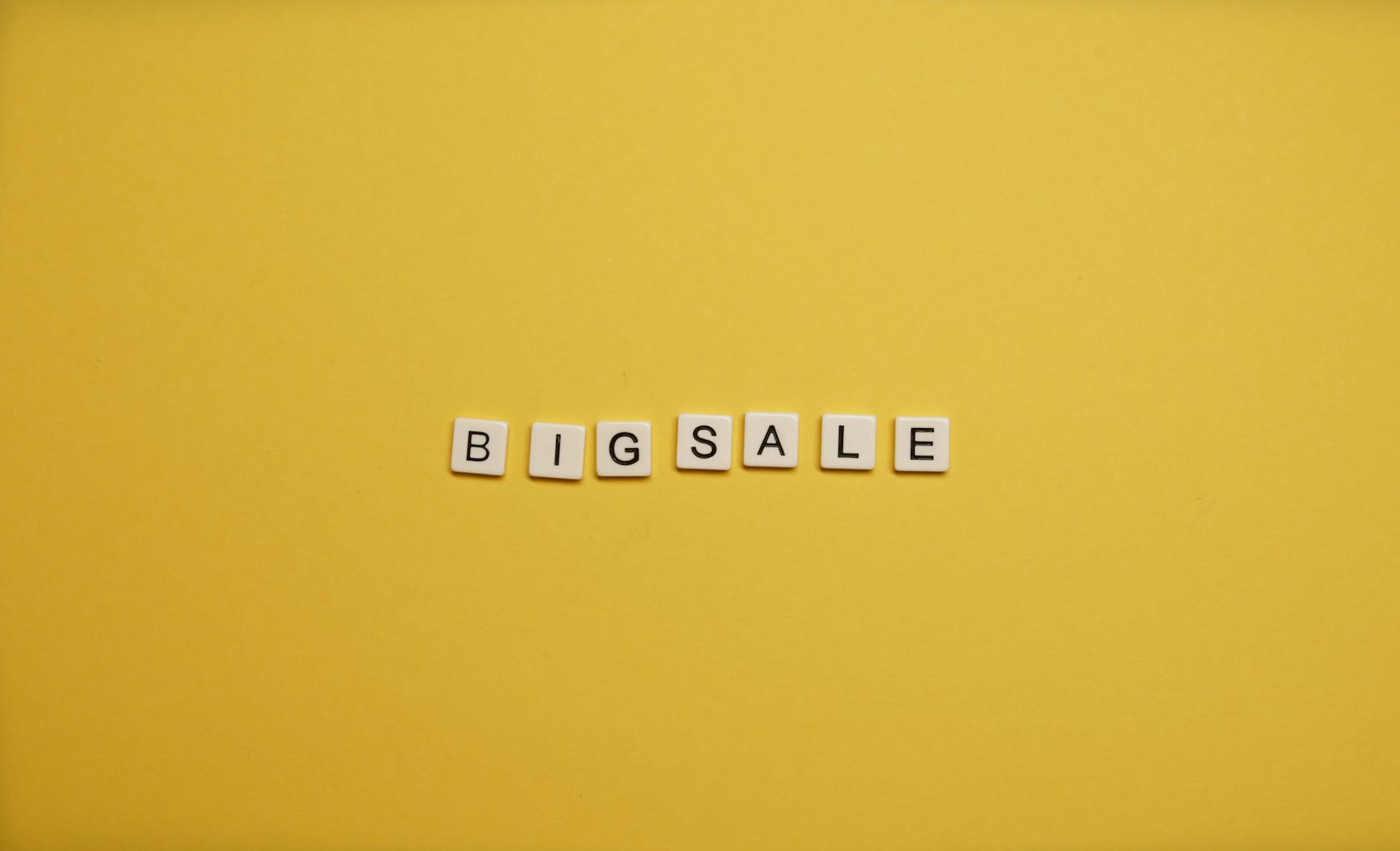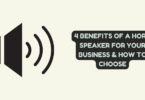
Big Sale
As you qualify your prospect, nurture them, and answer all of their remaining question, you might intrinsically sense that the sales conversation is coming to a close. But how do you pop the big question: “Will you buy?”
As a salesperson, you might be hesitant to push the sale, knowing the stigma against pushy salespeople forcing customers to make purchases against their will. However, waffling around and waiting for the customer to bring up the closing can be equally detrimental, as you waste time you could have been spending with another prospect. In the worst case scenario, the customer may even walk away from the sale!
So how exactly should you approach closing a big sale? With the proper technique, you can overcome this decisive moment and seal more deals than ever before.
When Should You Close a Sale?
First off, it’s important to understand exactly when in a sales conversation you should look to close a sale.
As we mentioned earlier, properly timing your sales closing question can be quite the Goldilocks moment. If you ask before the customer’s ready to commit, they’ll stop you in your tracks with an “I still have more questions,” and ruin the momentum of the conversation. The prospect might not trust you after that, ruining your chance of a sale. If you wait too long, the customer may grow impatient and be forced to ask themselves, or simply choose to walk away from the deal. In any case, asking too soon or too late ruins your credibility as a sales professional.
The ideal moment to close a sale is after you’ve already qualified your prospect (confirming they have the budget, authority, and timely need for your product), negotiated the scope and pricing of the deal, and handled all objections the prospect might have. Once the potential client seems ready to commit, that moment is the time to ask for the sale.
Struggling to get a sales conversation to the closing phase in the first place? It’s true that the art of making sales can be difficult to grasp. Don’t put the cart before the horse, and make sure that your sales scripts, lead qualification process, and negotiation and objection handling techniques are all up to scuff before you try to close the sale.
Without further ado, let’s look at key sales closing techniques to add to your sales arsenal.
Soft Closing Techniques
Our first category of closing techniques is soft closing techniques, which dodge high-stress words like “sale” or “buy,” and instead use gentle open-ended questions to guide prospects to the close themselves.
Here are three common soft closing techniques for your sales reps to try:
- The Assumptive Close
The best way to overcome a tall hurdle is to sidestep it entirely. The assumptive close dodges a high-tension yes-or-no closing moment by having the sales rep continue the conversation as if the customer has already agreed to buy, such as by asking for delivery, payment details, or post-purchase add-ons.
Some examples of assumptive close statements are:
- “If you can get the contract signed and back to me by the end of the week, we can start fulfilling your order bright and early Monday morning.”
- “Would you be interested in adding marketing automation software to your current CRM purchase? The two work very well together, and it would be easy to install both at once.”
Because of its presumptiveness, the assumptive close should only be used at the end of sales conversations that have gone without a hitch – the sales rep should have no doubts that the customer would’ve said “yes” if asked. Rather than pushing for a yes, the assumptive close merely removes the formality of the closing question between sales reps and clients who have built a strong rapport.
- The Summary Close
A summary close is great for large sales whose negotiations and deliberations have lasted quite a long time. In it, the sales rep reiterates all of the features, benefits, and decisions the rep and prospect have made during the course of the conversation before asking for the sale, helping the prospect remember all of the great things about the offer.
Here are some examples:
- “To summarize, this house you toured on Tuesday has 2.5 bathrooms, excellent backyard space, and is close to a local school for your kids. Would you like to go with this house?”
- “To summarize, you’d like your custom-made CRM to support 100 users, focus on lead tracking and management, and integrate natively with your current marketing software. Do these details sound correct to you?”
- The Alternative Close
Like the assumptive close, the alternative close moves the deal forward by presuming the client has already said yes, and continuing on to ask them to choose one of two post-purchase options to get a commitment on one of them.
Some alternative close questions could be:
- “Would you prefer the sterling silver or matte black paint job for your new car?”
- “Will you be paying via check or direct deposit?”
Hard Closing Techniques
On the other hand, for more contentious customers or deals that are running into overtime, a more firm hand might be needed. For cases where a client seems to split hairs infinitely with more and more details and follow-up questions, we’d recommend a hard closing technique that explicitly asks the prospect for a yes or no answer.
Here are three common hard closing techniques for your sales reps to utilize:
- The Urgency Close
The gentlest hard close is the urgency close, which presents a limited-time offer to give the prospect the fear of missing out, pressing them into agreeing to the deal now. This helps reps who need to make a sale immediately to meet their quota, and can’t wait another moment for the prospect to deliberate further.
Some examples of urgency closes are:
- “This is our last model, and I’m meeting three more interested clients today. If you don’t purchase it now, I can’t guarantee it will be available tomorrow.”
- “This is the last day of our annual sale, so if you don’t buy it now for 20% off, you’ll be forced to pay full price later.”
- The Walk Away Close
For more arrogant clients who seem to enjoy hemming and hawing, stringing along sales reps, and making lowball offers, the walk away close lets reps assert themselves at the negotiation table by threatening to take the sale off the table entirely. This forces indecisive or disrespectful clients to admit that they want to purchase, and puts sales reps back in control of the conversation.
Of course, the walk away close should only be used if the sales rep is in a good enough position that they can follow through on the threat. Sales managers should also explicitly train reps to identify when a deal becomes unprofitable, lest the rep close a deal with no margin.
Some examples of a walk away close are:
- “Unfortunately, I can’t offer you such a steep discount. If this price point is truly unfeasible for you, I suggest we shelve this conversation until your financial situation improves.”
- “It seems we can’t come to an agreement on the scope and details of your purchase. As much as I’d love to sell you this product, I don’t want to waste any more of your time.”
- The Direct Close
Finally, we have the hardest of hard closing questions, simply asking the prospect if they’re going to purchase or not. If it’s come to this point, it’s likely that the lead might not be interested in purchasing today, which means that the rep simply needs a way to close the conversation so they can focus on other qualified prospects.
Some examples of a direct close are:
- “If you had everything you asked for, would you be able to make this purchase now?”
- “It sounds like you have a lot of questions and concerns. Will you be able to make a final decision today?”
Conclusion
A smooth, confident, and well-timed closing question rides the momentum of a pleasant sales conversation, ending a sale on a high note and letting both parties walk away in high spirits. There are a large variety of hard and soft closing techniques suited for different situations, so business owners and sales managers should be sure to train their sales representatives in a variety of closings to best match each potential buyer.
Once you’ve closed a big sale, all that’s left is to get the contract signed, fulfill the customer’s order, and ensure they’re satisfied with their purchase. If everything has gone well, the single sale will hopefully blossom into a long-term loyal customer, guaranteeing more big sales to come.






